A framework is a structure that you can build software on. It serves as a foundation, so you’re not starting entirely from scratch. Frameworks are typically associated with a specific programming language and are suited to different types of tasks.
Let’s say you’re building a house. You could pour the foundation and frame the house yourself. It would take a lot of time, but you could do it. If all of that were already done for you, though, it would save you quite a bit of effort — especially if it was done by expert home builders.
In software development, a framework serves a similar purpose. It’s designed and tested by other Software Developers and Engineers, so you know it’s a solid foundation.
A house isn’t complete with just the framework, though. Similarly, a framework in software development is a starting point, but you add higher-level functionality to it to make it work.
Below, we’ll take a closer look at frameworks, what they’re used for, the differences between libraries and frameworks, and more.
Why do we use frameworks?
Using frameworks saves time and reduces the risk of errors. You don’t need to write everything from the ground up, so there’s less chance of introducing errors. Plus, frameworks have already been tested, so there’s less to worry about. Other advantages include:
- More secure code
- Simpler testing and debugging
- Avoiding duplicate code
- Clean and easily adaptable code
- Able to focus on writing code specific to the project
- Can be extended
Types of frameworks
Frameworks can be used for developing websites, mobile applications, data science, and more. Here are some of the more popular frameworks:
Multimedia framework
A multimedia framework is a software framework that handles media on a computer and through a network. A good multimedia framework offers an intuitive API and a modular architecture to easily add support for new audio, video and container formats and transmission protocols. It is meant to be used by applications such as media players and audio or video editors, but can also be used to build videoconferencing applications, media converters and other multimedia tools. Data is processed among modules automatically, it is unnecessary for app to pass buffers between connected modules one by one.
In contrast to function libraries, a multimedia framework provides a run time environment for the media processing. Ideally such an environment provides execution contexts for the media processing blocks separated from the application using the framework. The separation supports the independent processing of multimedia data in a timely manner. These separate contexts can be implemented as threads.
Multimedia frameworks act as an abstraction layer, simplifying the complexity of handling multimedia data formats, decoding and encoding streams, synchronizing audio and video playback, and managing multimedia resources. They provide a consistent interface for developers to access various multimedia components and services offered by the underlying operating system or hardware.
Modern multimedia frameworks typically offer a wide range of functionality, including but not limited to:
- Codec Support: Multimedia frameworks often incorporate codecs for various audio and video formats, allowing developers to easily encode, decode, and manipulate multimedia data.
- Synchronization: These frameworks provide mechanisms to synchronize audio and video streams, maintaining proper lip-sync and smooth playback.
- Playback Control: Multimedia frameworks offer playback control features, such as play, pause, stop, seek, and volume adjustment, allowing developers to create interactive multimedia applications.
- Streaming: Many frameworks support the streaming of multimedia content over networks, enabling real-time delivery and playback.
- Capturing and Recording: Multimedia frameworks often include APIs for capturing audio and video from devices like cameras and microphones, as well as recording multimedia streams.[1]
Web application frameworks
AngularJS is a front-end JavaScript framework. It’s one of the most popular web frameworks and is backed by an enthusiastic community.
AngularJS was developed and is supported by Google. It includes features like two-way data binding, which reduces development time, and dependency injections, making it easier for different pieces of code to interact with each other.
Django is an open-source web development framework supported by the Django Software Foundation. It’s written in Python, a popular programming language, and is designed to encourage “rapid development and clean, pragmatic design.” It’s fast, secure, and scalable.
Rails is also an open-source framework. It’s written in the Ruby programming language, which was designed for ease of use. Rails is designed to involve less code and less repetition and is supported by a large community. It’s been used to develop sites like Airbnb, Twitch, and Hulu.
Express is a back-end framework for Node.js that allows you to start and configure a server with very little overhead. It’s free, open-source, and is written in JavaScript. Express has a reputation for being extremely flexible. It’s fairly minimalist, and developers have created middleware packages to address web development issues.
Mobile development frameworks
Flutter is Google’s open-source framework. It supports iOS and Android and has fully customizable widgets.
Flutter is designed to speed up app development and create attractive, user-friendly apps. It uses a thin layer of C/C++ code, but most of its system is in Dart.
Xamarin is a popular .NET-based framework by Microsoft. It also supports iOS and Android and has a community of 60,000 contributors.
React Native was developed by Facebook. It’s open-source, cross-platform, and written in JavaScript. It’s used in many popular apps, including Discord, Instagram, and Shopify.
NativeScript is an open-source, cross-platform framework. NativeScript apps are built using JavaScript, and it supports other JavaScript frameworks like Angular and Vue. It’s popular for its robust back-end support.
Ionic is another open-source, cross-platform framework. It uses JavaScript, HTML, and CSS, and it includes a library of mobile-optimized UI components, gestures, and tools. Ionic builds fast apps and integrates with front-end frameworks like Angular and Vue.
Libraries vs. frameworks
The terms “libraries” and “frameworks” are sometimes used interchangeably, but they’re very different.
In the video above, Carlos, a Web Developer, explains that a library is a set of previously-written code that you can use to build your own code. A framework is a supporting structure that requires specificity. You must follow the pattern of the framework.
A framework is essentially a skeleton, and you work with the skeleton. A framework calls on your code. Your code calls on a library. In other words, your code is in control when you use a library, but when you use a framework, it’s in control. This is referred to as “inversion of control.”
Frameworks can, and often do, include libraries. Libraries are used to fill out functions.
Getting started with frameworks
Frameworks are a valuable tool for developing applications. But, before you get started with frameworks, it’s best to have a solid understanding of a programming language.
For example, JavaScript is used in many frameworks. It’s a powerful, flexible programming language. We offer a beginner-friendly course to learn JavaScript. If you already understand the basics of JavaScript, our Learn Intermediate JavaScript course might be a better fit.
We also offer courses in popular frameworks. For example, if you understand JavaScript, you can use it to build a game in our Learn Game Development with Phaser.js course. Or, you can learn to create a website with the Handlebars.js framework in our Building Interactive JavaScript Websites course.
Ultimately, the better you understand a programming language, the easier it’ll be to understand frameworks. Programming languages are a solid foundation for many career paths in IT.
Which programming language you start with depends on your end goals and preferences. We offer programming courses in several languages, so you could even try a few to see which suits you best.
ctured courses, professional certifications, interview prep resources, career services, and more.
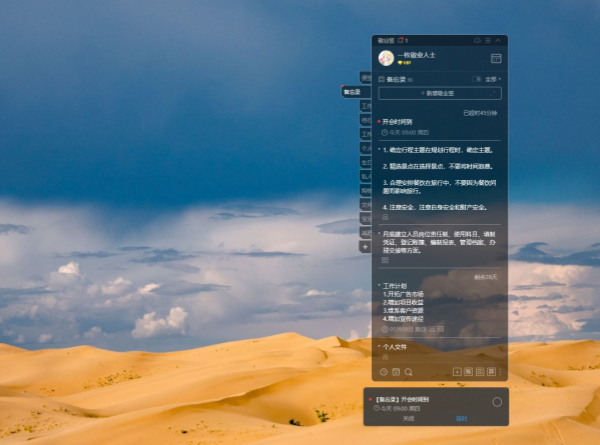
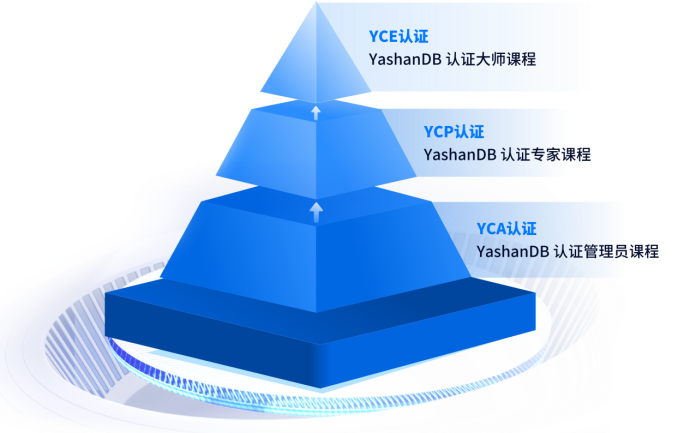
![[论文笔记]Corrective Retrieval Augmented Generation](https://img-blog.csdnimg.cn/img_convert/3878170d5dcda1dfc9a8de7c8d867086.png)

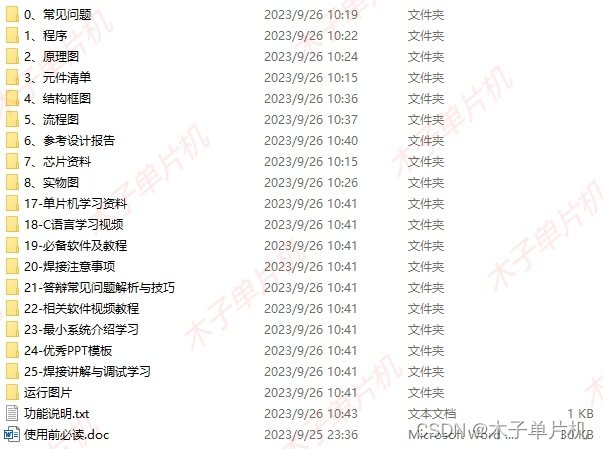
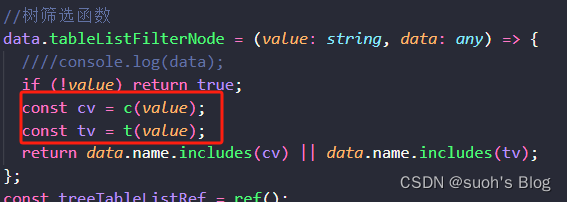

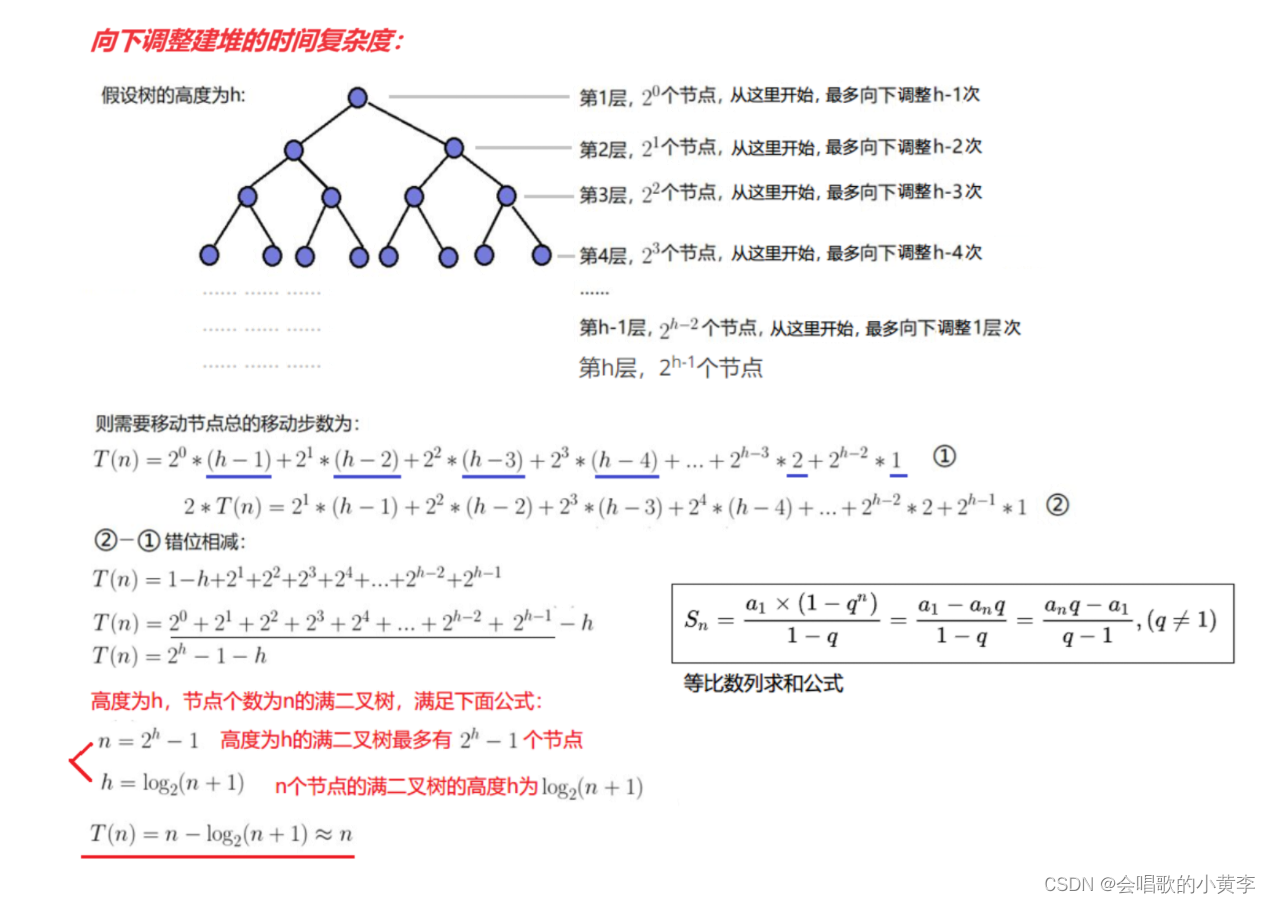





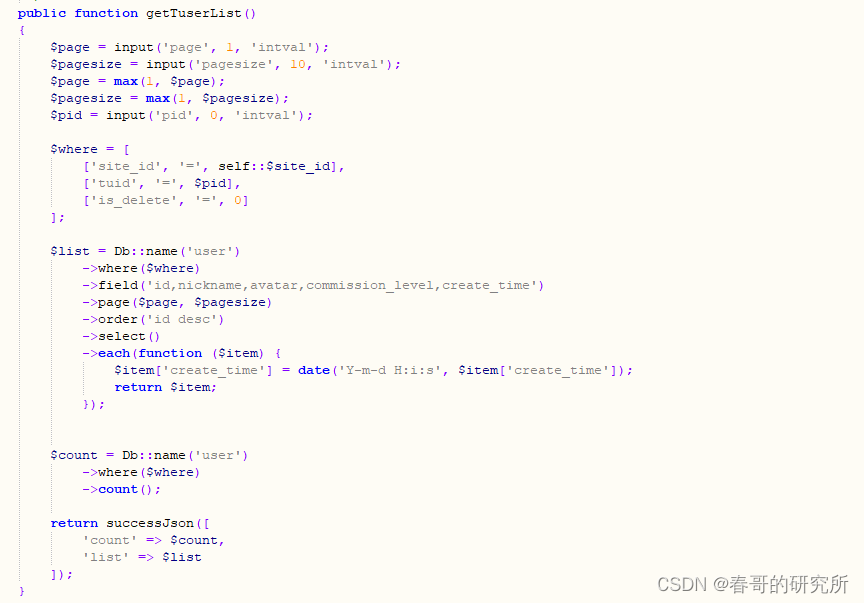

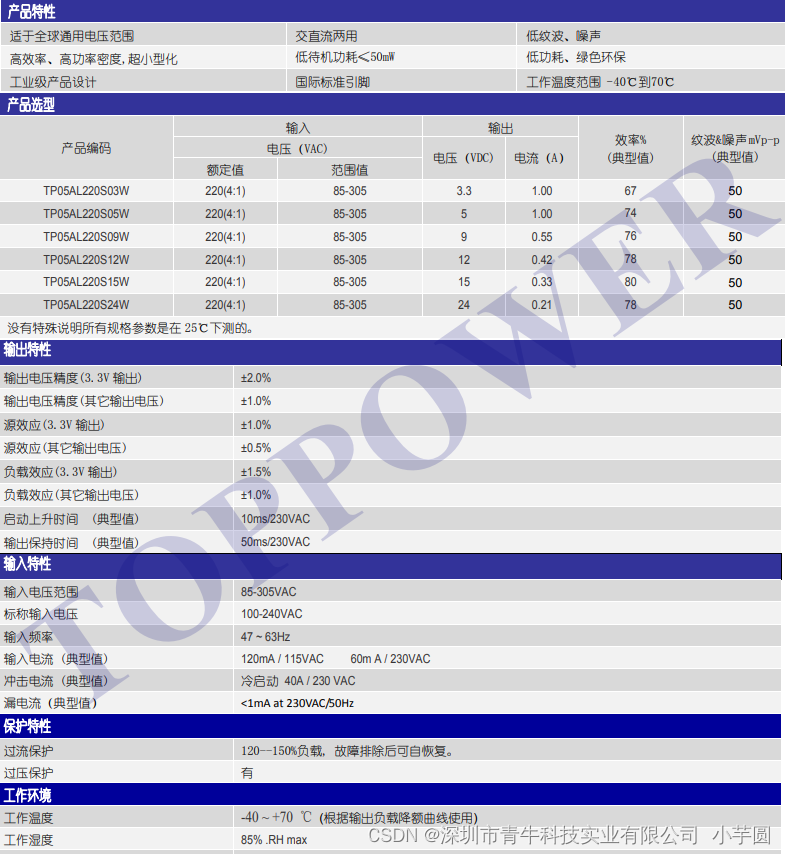
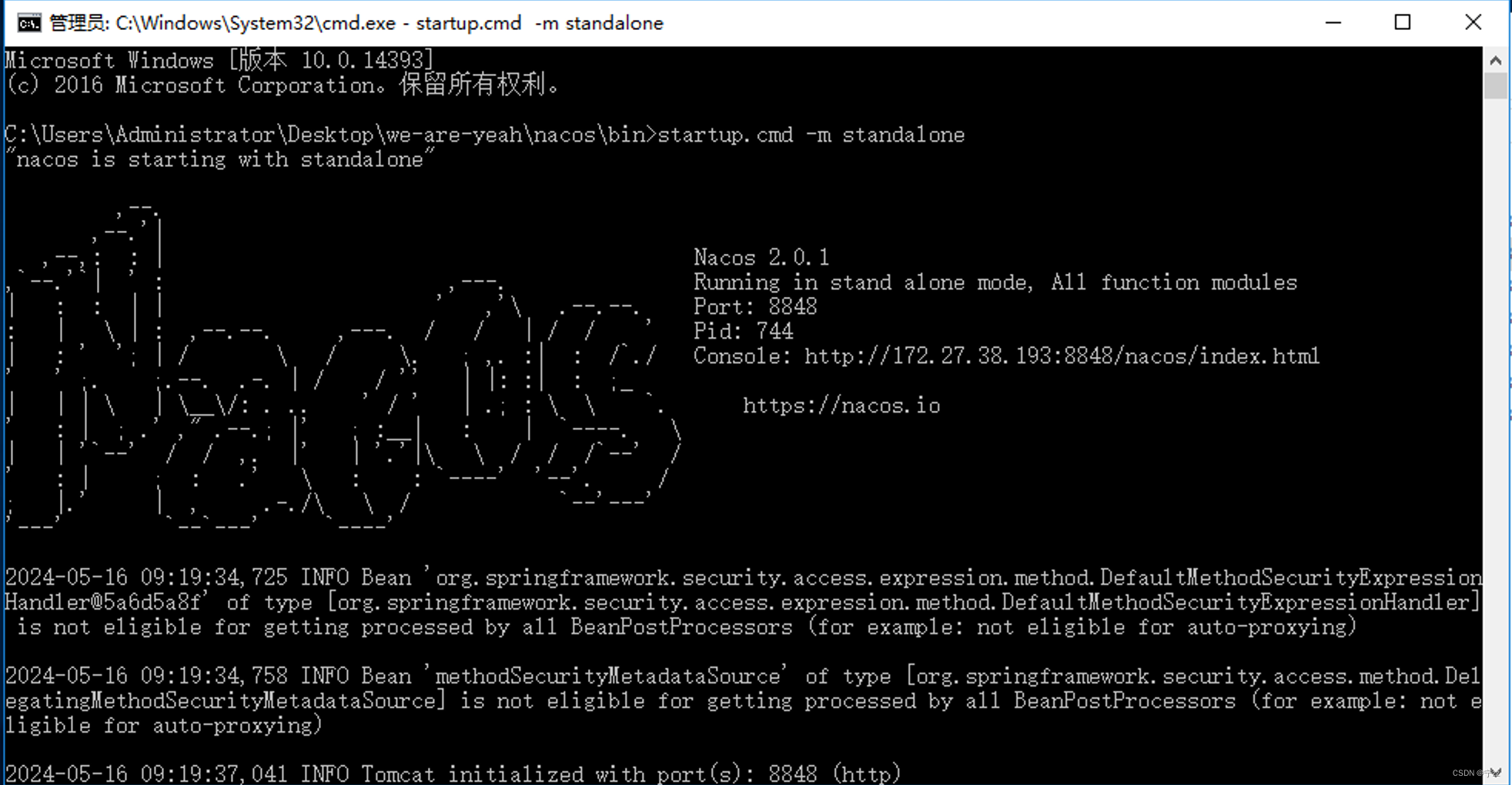
![【CTF Web】NSSCTF 3863 [LitCTF 2023]导弹迷踪 Writeup(JS分析+源码泄漏+信息收集)](https://img-blog.csdnimg.cn/direct/17af0635dd36449a9c751f2729d4867a.png)
